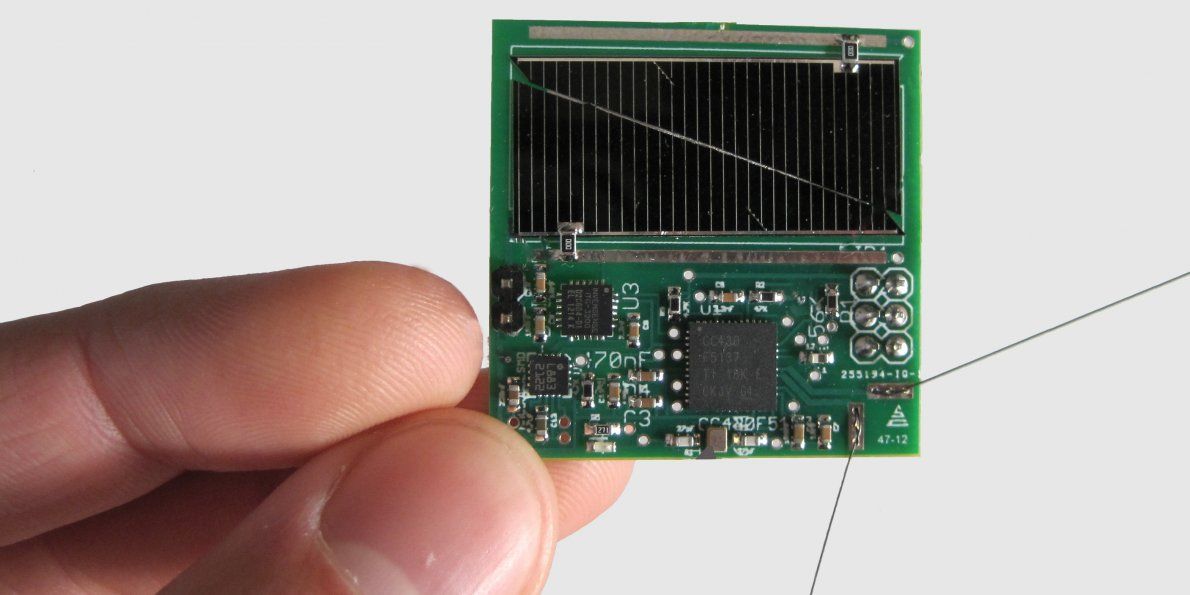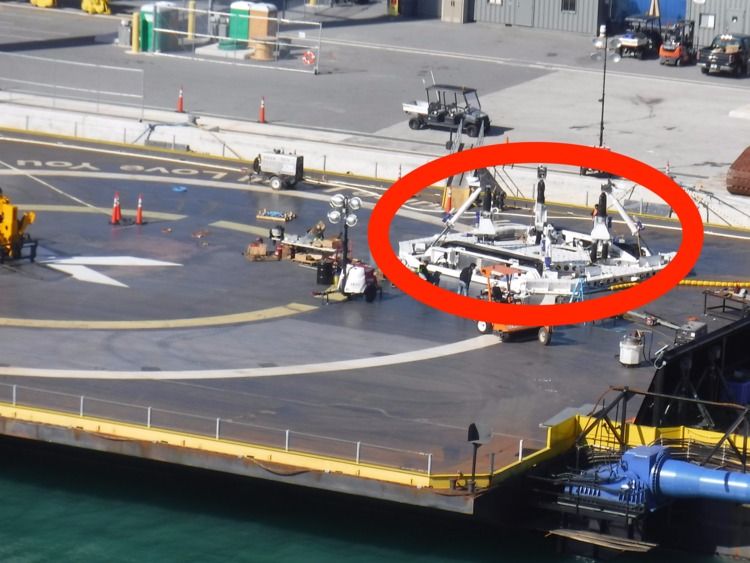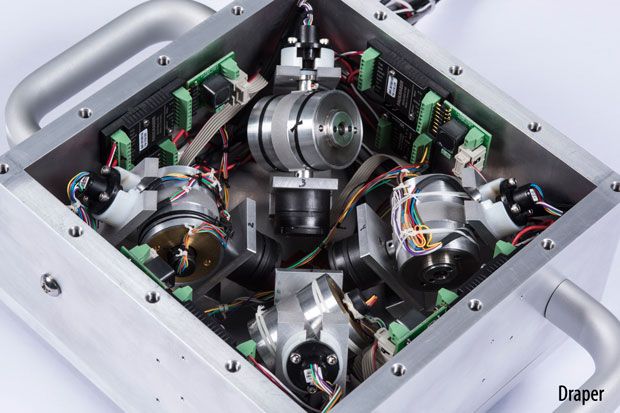Archive for the ‘space travel’ category: Page 438

Is a CG short about space exploration and the quest of finding traces of extraterrestrial forms of life. Flying over spectacular desert planet. seeing strangely familiar ancient civilizations remains and experiencing a first contact with the existence of unknown living things.
Big thanks to Robot Koch and Savannah Jo Lack for composing and recording this beautiful soundtrack.
Jul 31, 2017
A Russian billionaire has launched the smallest-ever spacecraft into orbit — a key step to reaching a nearby star system
Posted by Shailesh Prasad in categories: innovation, space travel
The ultimate goal of Breakthrough Starshot is to fly past and photograph any planets in Alpha Centauri.
Jul 31, 2017
Space Exploration Masters
Posted by Klaus Baldauf in categories: business, habitats, robotics/AI, space travel
Space exploration contains large potential for the creation of innovative applications, products and services, also benefitting Earth. With new topics and application areas arise countless possibilities for technology transfer and novel ideas for space-based technologies and their application in non-space industries, as well as new targets and opportunities for business.
Jul 25, 2017
‘Substantial’ ocean of water beneath moon’s surface could help create human colony
Posted by John Gallagher in category: space travel
Scientists who retested mineral samples collected during the Apollo moon missions now believe there’s a massive amount of water under the lunar surface – a discovery which may make manned missions to the moon easier than previously thought.
Researchers at Brown University in the US examined glass beads, a type of volcanic crystal gathered during the Apollo 15 and 17 missions in the 1970s, and found they contained similar volumes of water to Earth’s basalt rock.
The leaders of the study, which has been published in Nature Geoscience, cite the parallels as evidence that parts of the moon contain a similarly large amount of water. This, they believe, could be useful for future lunar missions as it means water could potentially be extracted rather than carried from home.
Jul 24, 2017
“The Day Trip of a Lifetime”: Zero 2 Infinity will bring you to Near Space to offer you a magnificent view of the planet cruising above 99% of the atmosphere 🌏
Posted by Klaus Baldauf in category: space travel
With Bloon, you will travel aboard the safest space vehicle ever designed and get the planetary awareness that only astronauts have been able to experience before.
Get your flight today at: http://zero2infinity.space/bloon
Jul 22, 2017
SpaceX has a ‘Roomba’ robot but no one knows what it really is
Posted by Klaus Baldauf in categories: drones, robotics/AI, space travel
SpaceX fans are extremely curious about a new robot that keeps appearing on SpaceX’s drone ship “Of Course I Still Love You.” Some are calling it the “Roomba” robot while others insist it should be called “Optimus Prime.” There are theories as to what this robot is for, but there’s no confirmation from SpaceX itself, yet.
We reached out to SpaceX for more details about this mysterious robot, but it was unable to give us any information. However, we can tell you that SpaceX only refers to the machine as a robot and does not assign it any other name (like Roomba or Optimus Prime).
For this video, we connected with some of SpaceX’s fans. Photos shown in the video were taken by Julia Bergeron (@julia_bergeron) and David Akin, University of Maryland.
Continue reading “SpaceX has a ‘Roomba’ robot but no one knows what it really is” »
Jul 21, 2017
Jeff Bezos’ Vision: ‘A Trillion Humans in the Solar System’
Posted by John Gallagher in category: space travel
At a recent gala celebrating the anniversary of the Apollo 11 moon landing, Amazon.com founder and Blue Origin head Jeff Bezos laid out an ambitious vision of humanity spreading far and wide into the solar system.
Jul 21, 2017
Giving a push for in-space propulsion
Posted by Klaus Baldauf in categories: government, robotics/AI, solar power, space travel
It’s a technology looking for a new mission.
The technology is solar electric propulsion (SEP), which NASA has identified in recent years as a key enabler for eventual human missions to Mars. SEP, the agency argued, could be used to propel cargo missions to Mars in advance of crewed missions much more efficiently than conventional chemical propulsion systems.
High-power SEP was to be tested in interplanetary space on the Asteroid Redirect Mission (ARM), powering the robotic spacecraft that would travel to a near Earth asteroid, grab a boulder off its surface, and fly back to cislunar space. However, NASA announced earlier this year it planned to cancel ARM, and Congress, never much of a fan of the mission, has shown no signs of opposing it.
- Multimedia
- Video
- Space Flight
A Gyroscope Jetpack for Astronauts
A new jetpack, stabilized with high-tech gyroscopes, could help astronauts navigate low-gravity environments.















